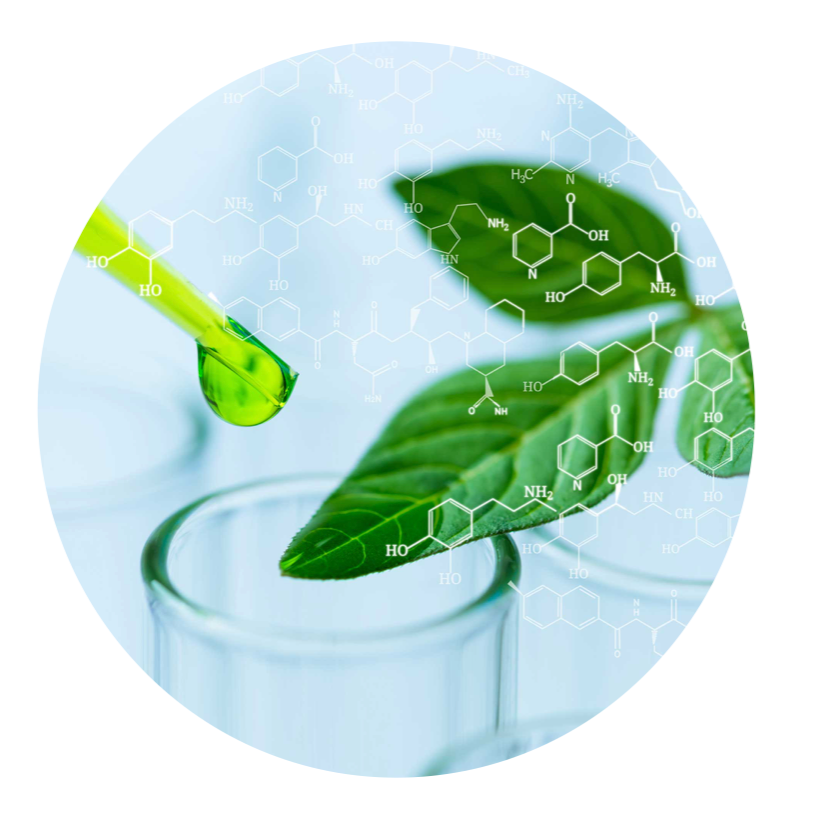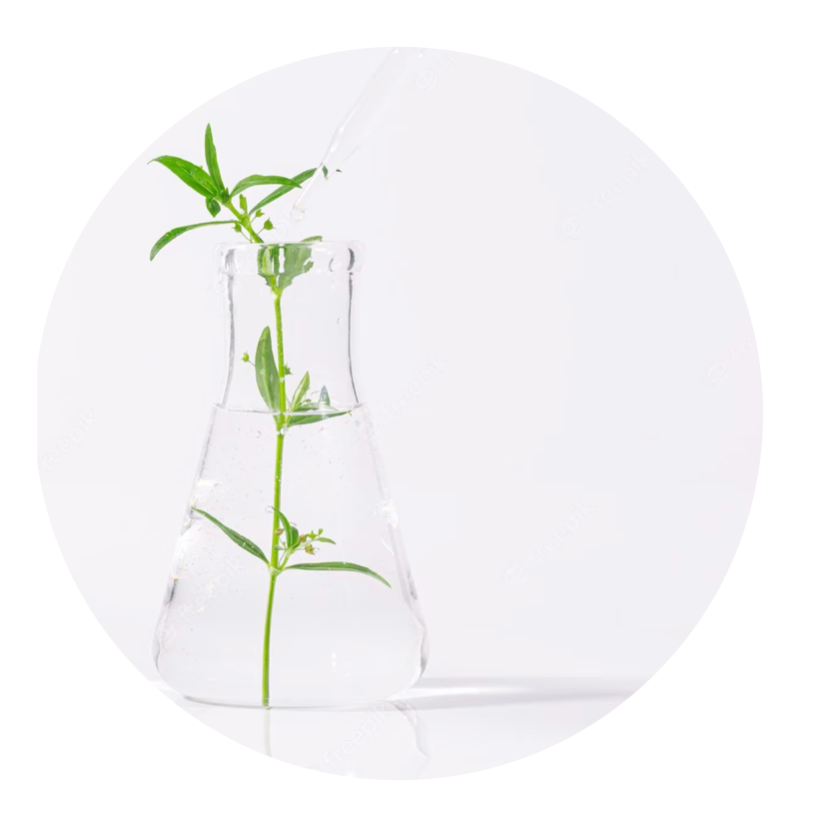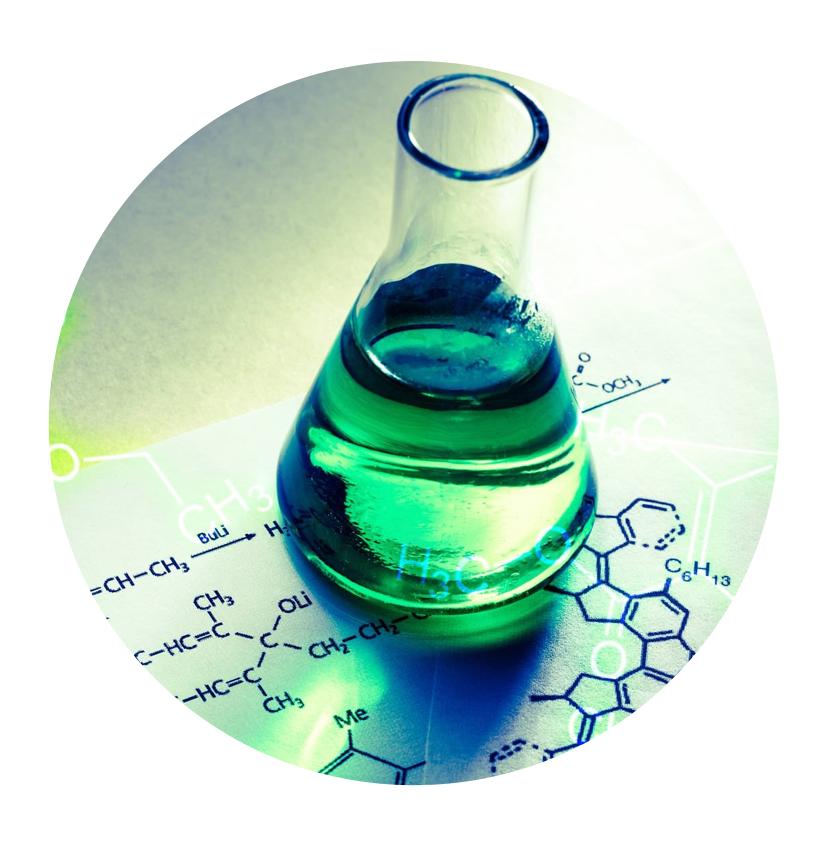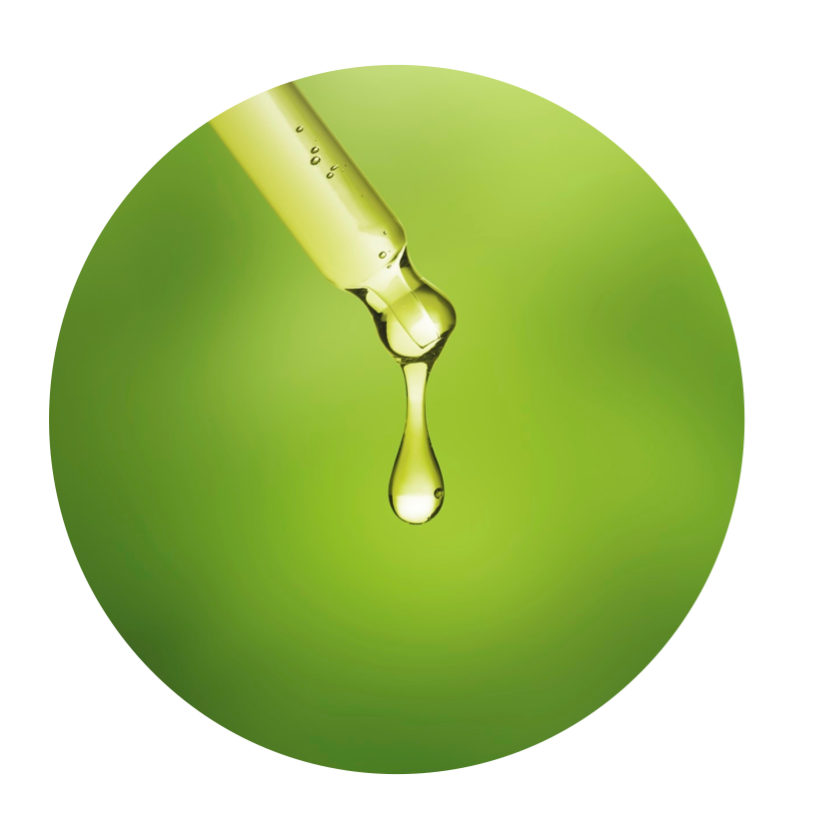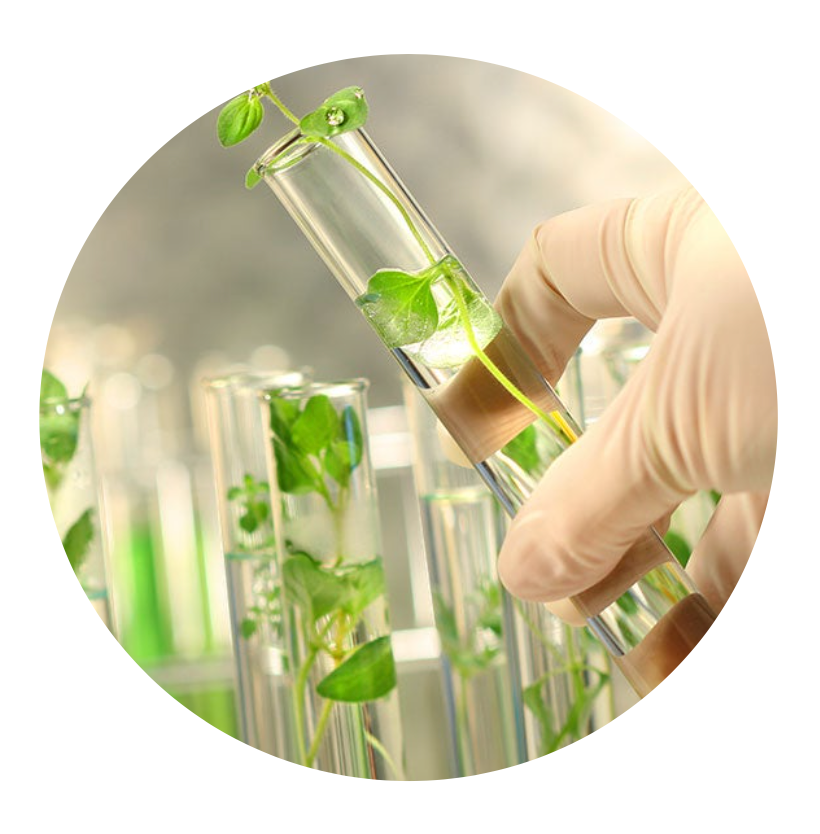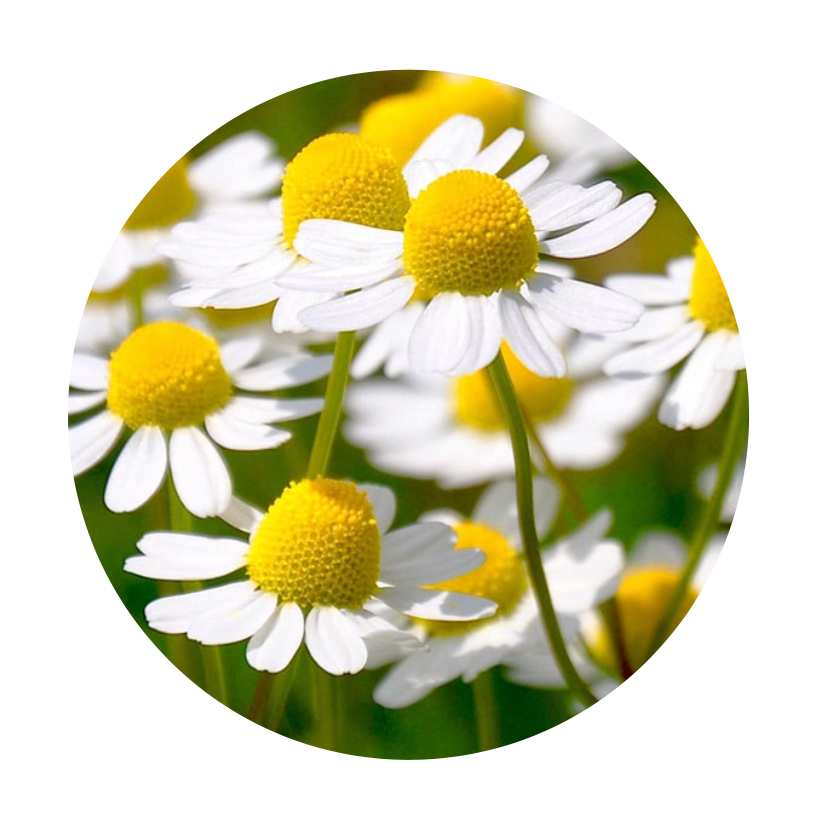Sources:
-
Lin, T.K., Zhong, L., & Santiago, J.L. (2017). “Anti-Inflammatory and Skin Barrier Repair Effects of Topical Application of Some Plant Oils.” International Journal of Molecular Sciences, 19(1), 70. https://doi.org/10.3390/ijms19010070
-
Elias, P. M., & Wakefield, J. S. (2012). “Therapeutic Implications of a Barrier-Based Pathogenesis of Atopic Dermatitis.” Dermatologic Therapy, 25(2), 117–129. https://doi.org/10.1111/j.1529-8019.2012.01470.x
-
Salehi, B. et al. (2021). “Medicinal Plants in Inflammatory Skin Disorders: A Review.” Frontiers in Pharmacology, 11, 601498. https://doi.org/10.3389/fphar.2020.601498
-
Dhaliwal, S., et al. (2018). “Bakuchiol: A Retinol Alternative for Anti-Aging.” British Journal of Dermatology, 179(2), 289–296. https://doi.org/10.1111/bjd.16619
-
Konczak, I., et al. (2014). “Bioactivity and Health Benefits of Kakadu Plum.” Food Chemistry, 148, 125–130. https://doi.org/10.1016/j.foodchem.2013.10.104
-
D’Orazio, N. et al. (2012). “Skin photoprotection provided by natural polyphenols.” Photochemical & Photobiological Sciences, 11, 101–111. https://doi.org/10.1039/C1PP05144J
-
Klein, G.A. et al. (2011). “Antioxidant and anti-inflammatory plant extracts in dermatology.” Journal of Clinical Biochemistry and Nutrition, 49(3), 123–136. https://doi.org/10.3164/jcbn.11-35
-
Yokota, T., et al. (1998). “The inhibitory effect of glabridin from licorice extracts on melanogenesis and inflammation.” Phytotherapy Research, 12(4), 114–118. https://doi.org/10.1002/(SICI)1099-1573(199806)12:4<114::AID-PTR279>3.0.CO;2-S

